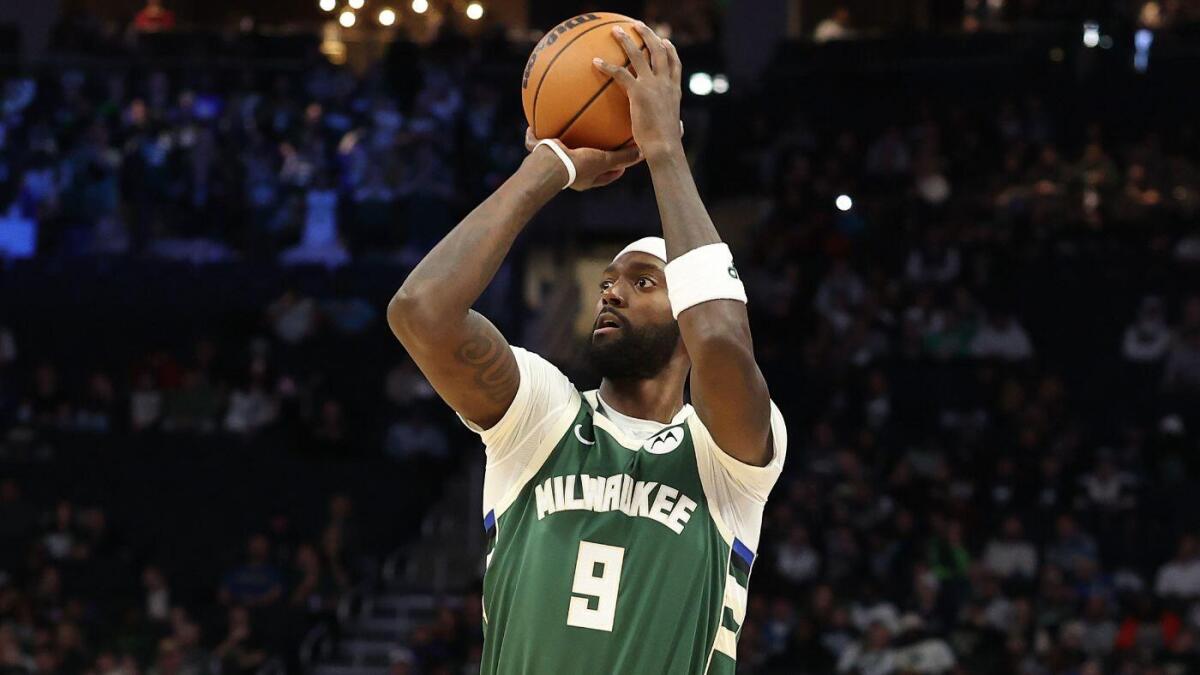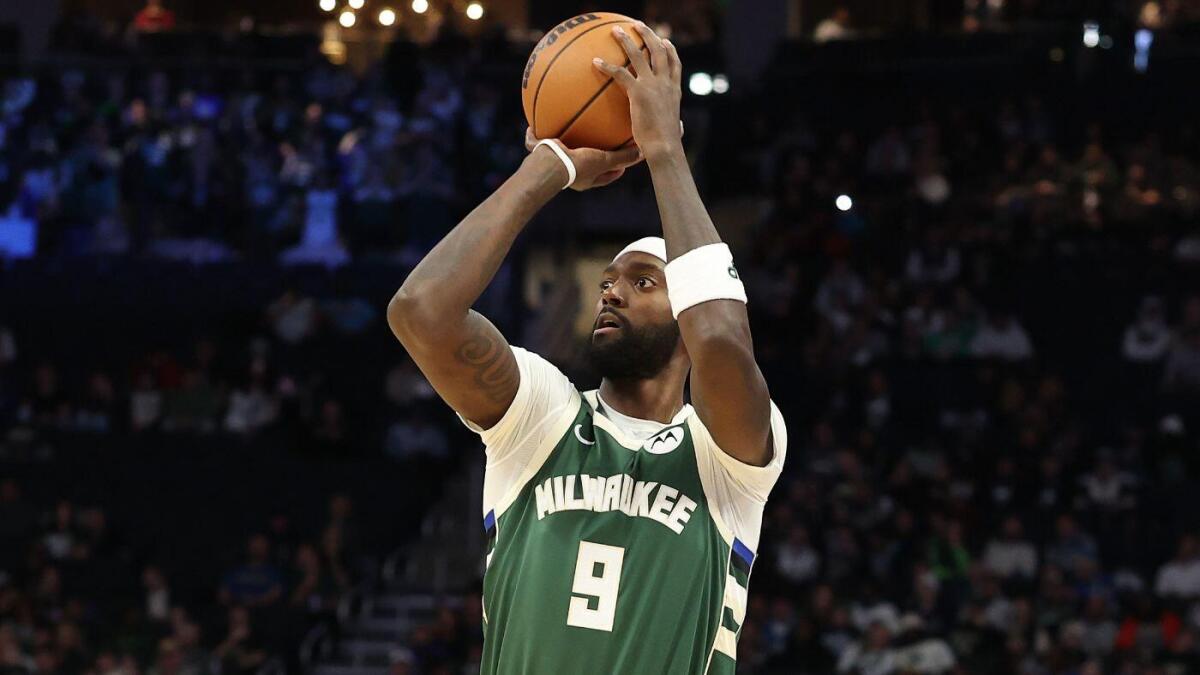The 2025 NBA free agency period is shaping up to be a pivotal moment for teams across the league, with significant contract signings and strategic roster moves that will define the competitive landscape for years to come. Among the most notable developments is the re-signing of veteran forward Bobby Portis with the Milwaukee Bucks on a three-year, $44 million contract that includes a player option for the 2027-28 season. This deal not only highlights the value of veteran role players but also underscores the Bucks’ commitment to maintaining roster continuity and depth as they aim to contend for championships.
Bobby Portis’s new contract with the Milwaukee Bucks is a testament to the mutual confidence between player and franchise. At 30 years old, Portis brings a versatile skill set that includes scoring ability, rebounding, and the flexibility to contribute as both a starter and a key bench player. The $44 million deal, averaging approximately $14.67 million per season, positions Portis among the higher-paid role players in the league, reflecting his significant impact on the Bucks’ rotation. The inclusion of a player option for the final year of the contract provides Portis with the autonomy to evaluate his future options after two seasons, while the Bucks secure his services through 2027, ensuring continuity in their frontcourt depth.
This contract also highlights a broader trend in the NBA, where reliable veterans with specific skill sets are increasingly being offered multi-year, near-max role player contracts. Unlike the massive deals reserved for superstars, these contracts strike a balance between experience and cost-efficiency, allowing teams to compete for championships while managing salary cap constraints. Portis’s decision to decline his $13.4 million player option for the 2025-26 season in favor of this new extension demonstrates his commitment to the Bucks while securing a higher and longer-term financial commitment. For Milwaukee, locking down a key rotation piece without the risk of losing him in free agency is a strategic move that ensures stability in their frontcourt.
Beyond Portis, the 2025 free agency period has seen other significant player movements that reflect the evolving dynamics of NBA roster construction. Julius Randle is reportedly set to agree to a three-year, $100 million deal with the Minnesota Timberwolves, underscoring the high valuation for established star players with proven impact on both ends of the floor. Randle’s contract contrasts with Portis’s in scale and star status, but both deals highlight the targeted investments teams are making to maintain competitive core groups. Meanwhile, the Cleveland Cavaliers have reportedly secured guard Sam Merrill on a four-year, $38 million contract extension, illustrating the strategic retention of young, promising talent to foster team growth alongside veteran leadership.
The Bucks’ offseason intrigue extends beyond contract renewals, as they have engaged in trades involving Damian Lillard, Bobby Portis, and draft picks for Jerami Grant and DeAndre Ayton. These moves indicate a broader approach to reshaping the roster with a mix of scoring, defense, youth, and experience while managing long-term financial flexibility. Such active front office decisions underscore a league-wide trend where teams are aggressive in upgrading mid-tier rotation players and stars alike via trades and extensions, continuously adapting to the salary cap era’s constraints and opportunities.
The strategic implications of these contract signings and trades are far-reaching. Teams like the Bucks and Timberwolves are signaling clear intentions to compete immediately by locking key players into multi-year deals. The presence of player options in contracts like Portis’s shows that players are seeking control over their career trajectories in a dynamic marketplace. For fans and analysts, these developments forecast a competitive landscape where roster stability blends with strategic adjustments, as franchises optimize personnel to chase championships amid evolving salary cap dynamics.
In conclusion, the 2025 NBA free agency and contract negotiations exemplify the intricate dynamics of assembling winning teams in today’s league. Bobby Portis’s three-year, $44 million deal with the Milwaukee Bucks captures the growing importance of veteran players in reinforced roles. Meanwhile, marquee signings like Julius Randle’s underscore the differentiated valuations between stars and key role players. As teams juggle financial limits, player preferences, and competitive goals, carefully structured contracts with options provide a strategic framework that can adapt as seasons unfold. This landscape demands astute management and shrewd roster planning to sustain championship aspirations.
In this evolving environment, the interplay between player salaries, contract lengths, and options acts as a powerful lever shaping the NBA’s competitive balance, making free agency periods like 2025 pivotal moments in franchise trajectories. Fans should watch closely how these decisions ripple through future seasons, influencing both team chemistry and league-wide power dynamics. The 2025 free agency period is not just about the contracts signed today but about the long-term vision and strategy that will define the league’s competitive landscape for years to come.












